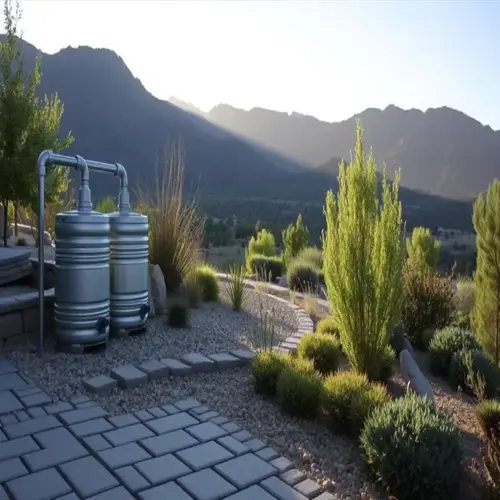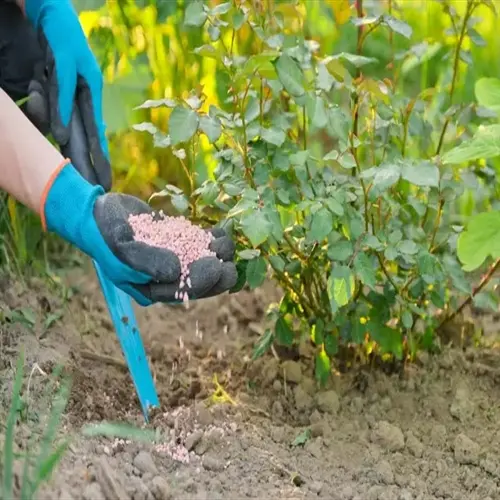What happens if beets stay in ground too long?

Written by
Michael Sullivan
Reviewed by
Prof. Samuel Fitzgerald, Ph.D.Beets stored past their prime in the ground usually lose a significant amount of quality. The roots develop a tough, fibrous texture due to the increasing levels of lignin in their cell walls. The delightful sweetness is buried underneath overwhelming earthy flavors. Cracking happens due to internal building pressure from the roots and dehydration. I've seen crops entirely ruined in just two weeks of overgrowth during periods of hot temperatures.
Heat greatly speeds up decay. Temperatures above 80°F (27 °C) quickly lead to lignin formation, and the woody core forms. Meanwhile, roots produce white internal rings and pithy centers, followed by thick and cracked skin, making them susceptible to rot. If a heat wave is expected, harvest just before or use shade cloth protections to avoid the damage.
Texture Changes
- Woody cores: Lignin accumulation creates tough, inedible centers
- Fibrous rings: White concentric circles indicate cellulose overdevelopment
- Pithiness: Spongy dry tissue replaces crisp moist flesh
- Skin cracking: Pressure buildup causes deep vertical fissures
Flavor Degradation
- Earthy dominance: Geosmin compounds overpower natural sugars
- Bitter notes: Increased alkaloid concentration creates unpleasant aftertaste
- Reduced sweetness: Sugar converts to starch for seed production
- Off-flavors: Musty or sour notes indicate microbial invasion
Storage Problems
- Rapid spoilage: Cracked skin invites rot organisms shortening shelf life
- Moisture loss: Pithy tissue dehydrates 3x faster than healthy roots
- Disease susceptibility: Fungal infections enter through stress cracks
- Ethylene production: Overmature beets spoil nearby produce faster
Visual indicators of beets that have surpassed the ideal growing phase of development are very apparent. The shoulders of the roots have widened beyond 1.5 inches (3.8 cm), and the roots have a tough exterior. The coloration of skin is fading widely and sporadically with light-colored areas. The origins have pushed way above the soil line, breaking off the crown. When you observe these signals, it is time to harvest immediately to ensure the edible part is collected.
Avoid overgrowth through regular observation. Monitor size weekly after leaves reach 6 inches (15 cm). Measure shoulder width with calipers. Note daily soil temperatures for heat events. I note my harvest on a calendar, but I always confirm it with a physical check, as rates vary.
When beets become over-mature, you can salvage them by processing them differently, great woody roots for hash instead of roasting the whole beets. Boil them for a longer time so that the fibers soften, then puree the beets for use in soup. Trim the tough cores from the beets before cooking. Pickle them with heavy spices so that you mask the flavor changes. Freeze the puree form rather than the roots.
Read the full article: When to Harvest Beets: Complete Guide

